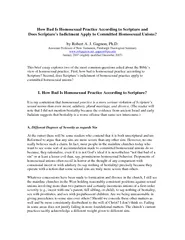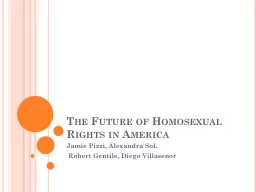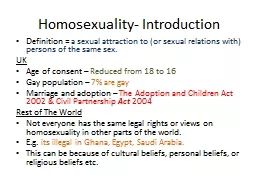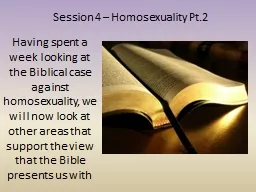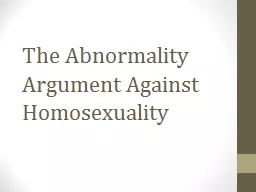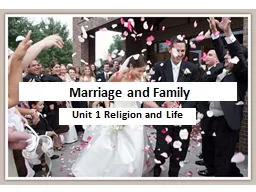PDF-How Bad Is Homosexual Practice According to Scripture
Author : marina-yarberry | Published Date : 2015-04-21
J Gagnon PhD Associate Professor of New Testament Pittsburgh Theological Seminary wwwrobgagnonnet gagnonptsedu January 2007 slightly modified December 2007 This
Presentation Embed Code
Download Presentation
Download Presentation The PPT/PDF document "How Bad Is Homosexual Practice According..." is the property of its rightful owner. Permission is granted to download and print the materials on this website for personal, non-commercial use only, and to display it on your personal computer provided you do not modify the materials and that you retain all copyright notices contained in the materials. By downloading content from our website, you accept the terms of this agreement.
How Bad Is Homosexual Practice According to Scripture: Transcript
Download Rules Of Document
"How Bad Is Homosexual Practice According to Scripture"The content belongs to its owner. You may download and print it for personal use, without modification, and keep all copyright notices. By downloading, you agree to these terms.
Related Documents

